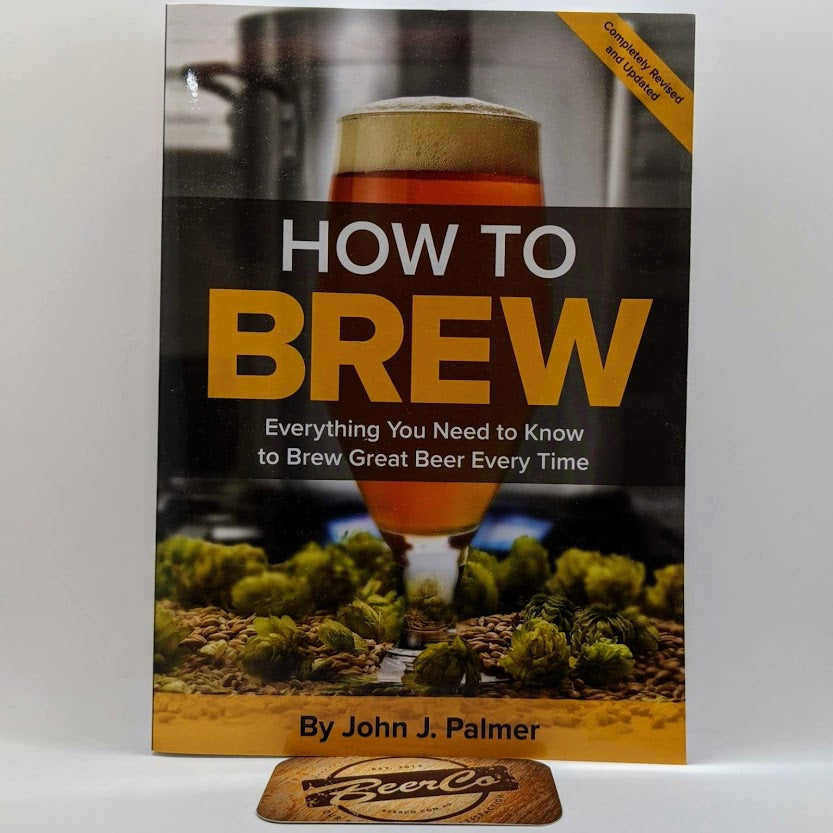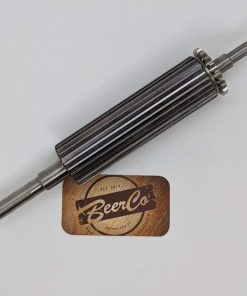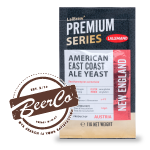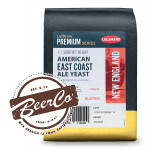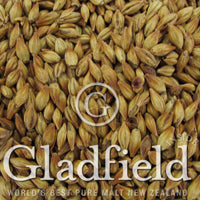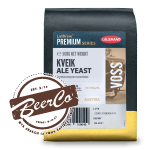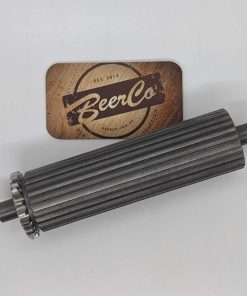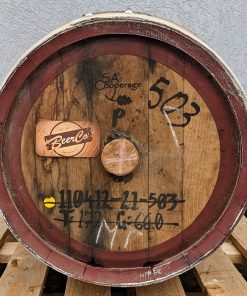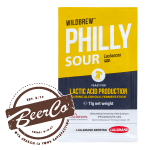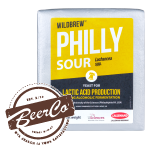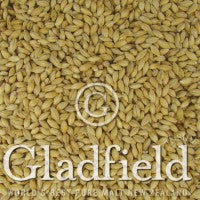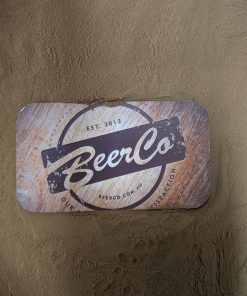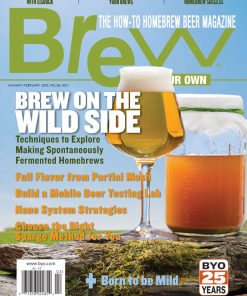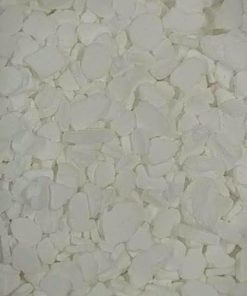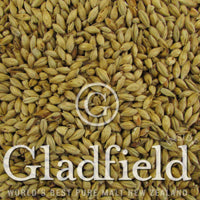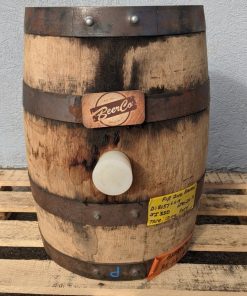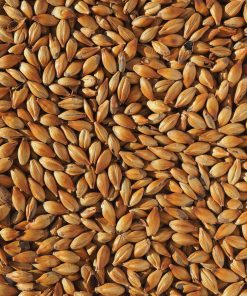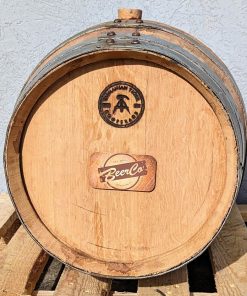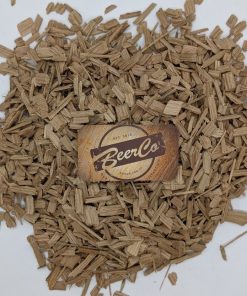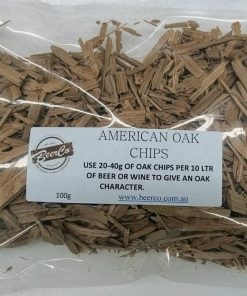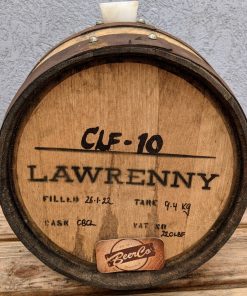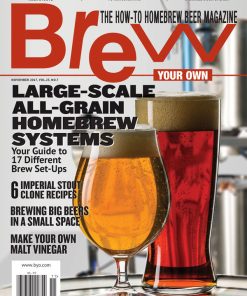How To Brew: Everything You Need to Know to Brew Great Beer Every Time Brewers Association
$ 29,95 $ 17,97
How To Brew: Everything You Need to Know to Brew Great Beer Every Time By: John Palmer
Fully revised and updated, How To Brew: Everything You Need to Know to Brew Great Beer Every Time is the definitive guide to making quality beers at home. Whether you want simple, sure-fire instructions for making your first beer, or you’re a seasoned homebrewer working with all-grain batches, this book has something for you.
John Palmer adeptly covers the full range of brewing possibilities-accurately, clearly and simply. From ingredients and methods to recipes and equipment for brewing beer at home, How To Brew is loaded with valuable information on brewing techniques and recipe formulation.
This completely revised and updated edition includes:
More emphasis on the “top five priorities”:
1) Sanitation.
Good sanitation is the most important factor for brewing great beer. Brewing is all about preparing and fermenting a wort to your specification. Good sanitation ensures that your chosen yeast is the only microorganism in the brew.
2) Fermentation temperature control.
After good sanitation, a healthy fermentation is the most important factor for brewing great beer, and good temperature control is key. Yeast living organisms and their activity is controlled by temperature
3) Proper yeast management.
Good beer needs well-managed yeast. After temperature, the most important factor for managing the fermentation is pitching the proper quality and quantity of yeast. These topics are discussed in chapters 6 and 7.
4) The boil.
The ingredients are cooked during the boil. If the mash is not cooked right, the beer will not taste right. Yes, you can undercook or overcook your beer. This will be discussed more in chapter
5) The recipe.
The definition of a good recipe is that it has the right proportions of ingredients to provide both complexity and balance of the flavors. A typical recipe will consist of a majority of a pale “base” malt, with additional specialty malts for signature flavors or accents, and enough hops to provide a balance of bitterness, flavor, and aroma to the beer. It is important to realize that a great recipe will not overcome poor brewing techniques and a good recipe does not need to be complicated.
Five new chapters covering malting and brewing, strong beers, fruit beers, sour beers, and adjusting water for
All other chapters revised and expanded:
Expanded and updated charts, graphs, equations, and visuals.
Expanded information on using beer kits.
Thorough revision of mashing and lautering chapters:
Expanded tables of recommended times and temperatures for single-infusion, multiple-step, and decoction mashing.
Discussion of first wort gravity as a function of water to grist ratio.
Complete revision of infusion and decoction equations.
Revised and updated information on managing your fermentation:
- Yeast pitching and starters
- Yeast starter growth factors
- Yeast and the maturation cycle
- And much more!
Fast shipping and professional packing
We offer a wide range of shipping options due to our long-running partnerships with UPS, FedEx and DHL. Our warehouse staff are highly trained and will package your items according to our precise and precise specifications. Before shipping, all goods are thoroughly inspected and securely secured. Every day we ship hundreds of packages to our customers from all over the world. This is a sign of our commitment to be the largest online retailer worldwide. The warehouses are located situated in Europe as much as they are in USA.
Note: Orders containing multiple items will have a different processing period for each item.
Before shipping the items, our staff will carry out an extensive inspection of the products you have ordered. The majority of orders are delivered within 48 hrs. The delivery time should be between 3-7 working days.
Returns
We don't manage the stock in our factory and warehouse. Actual stock levels may fluctuate at any moment. Be aware that it's possible that your order will be out of stock after you have placed the order.
Our policy is for 30 days. Unfortunately, if 30 days have passed from the date you purchased the product, we are unable to offer you a return or exchange.
The item must not be used, and it must be in the original packaging. It must also be in the original packaging.
Related products
Brewing Aids
Brewing Aids
Hops
Brewing Aids
